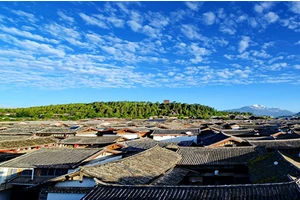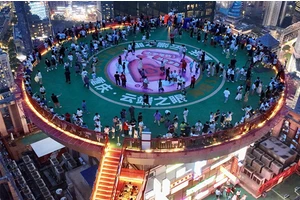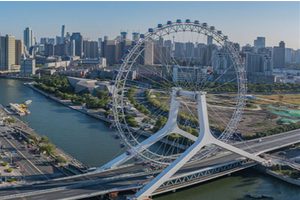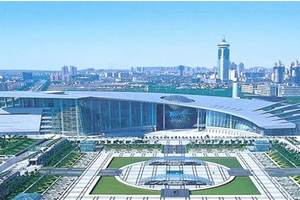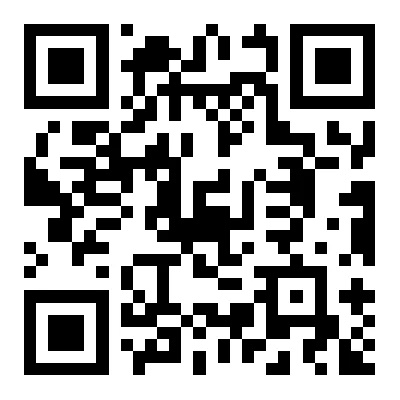India tourism market
India is a country with rich culture and a long history, and it is also a place full of contrast and diversity. If you are going to india tourism for the first time, here are some practical suggestions and strategies:
Visas and documents: Make sure your passport is valid for a long time, and apply for a india tourism visa in advance. Now India provides electronic tourist visa (e-Visa) service, which can be applied online, which is very convenient.
Health and vaccines: consult a doctor and vaccinate necessary vaccines according to suggestions, such as yellow fever, hepatitis B, rabies, etc. Carry commonly used drugs and anti-mosquito products.
Travel insurance: Buy comprehensive travel insurance to cover risks such as medical emergencies, lost luggage and travel cancellation.
Clothing and equipment: prepare appropriate clothes according to the region and season you visit. Some parts of India are very conservative, so it is recommended to dress appropriately, especially in religious places.
Water and food: Avoid drinking tap water directly, buy bottled water or use a water purifier. Be careful when choosing food, try to eat in clean and hygienic restaurants, and avoid raw food and street snacks.
Transportation: Traffic in India may make people unaccustomed. In big cities, you can use prepaid taxi service or taxi application, such as Ola and Uber. Trains are a popular way to cross India, but please reserve seats in advance.
Cultural respect: understand and respect local cultural customs, such as taking off your shoes and entering temples, and avoiding excessive physical contact in public places.
Safety: Pay attention to personal and property safety in crowded places and avoid going out alone at night, especially for female travelers.
Communication: Buy a local SIM card to use mobile phone data and call service more cheaply.
Itinerary planning: India has a vast territory and it is impossible to see it all at once. Choose several major cities or regions, such as Delhi, Mumbai, Agra, Rajasthan and Kerala, and plan your trip according to your interests and time.
Tour guides and travel agencies: For first-time visitors, consider hiring local tour guides or arranging trips through travel agencies, so as to better understand local culture and history.
Festivals and activities: Learn about the festivals and activities you may encounter during your trip, which are often the best time for cultural experience.
Money and consumption: The currency of India is Indian Rupee. Credit cards can be used in most places, but cash may be needed in small shops or markets.
Language: Although there are many languages in India, English is widely used, especially in tourist and business areas.
Environmental protection: respect the natural environment, do not litter, and minimize the use of disposable plastics.
In short, keep an open mind and be ready to meet all the surprises and challenges offered by India. India is a unique country, and every trip is a brand-new adventure.
Abstract: The Indian government's management of tourism is very attentive and distinctive. This paper analyzes the characteristics of Indian tourism from three aspects-commercialization, informationization and national organization and management networking. India's tourism industry has a high degree of commercialization with the participation of the whole people. The Indian Tourism Bureau has set up four pragmatic institutions in various provinces and cities, such as TIC and VIP reception center, which are responsible for promoting India to the world and serving tourists visiting India. The management of Indian national tourism organizations is highly networked, and the government, railways, e-ticketing and special services for foreign tourists are managed in an integrated way. These measures have effectively improved the efficiency and benefit of india tourism management. The Indian government's approach to tourism management is worth learning from China.
Keywords: Indian tourism; Commercialization; Informatization; National organization and management network
introduction
During the Spring Festival last year, I used my school holiday to go to india tourism. Although I did some research on the Internet before, I was still a little worried about that strange country. I have the contact information of at least three economy hotels in each city, but I didn't make a reservation. I just bought a ticket from Guangzhou to New Delhi and set off. I spent 33 days in india tourism and visited 13 major hot cities. I completely dispelled my original worries and became interested in tourism management in India. I feel that India's management of tourism is very careful and distinctive. It has important reference significance for China to develop and improve the management of tourism.
I. Main features
(1) Commercialization
Wherever you go, you will feel that many people in India are engaged in tourism and pay attention to tourism. Every time I go to a scenic spot, someone will meet me and ask,
Are you Korean, Japanese or China? In addition to full-time tour guides, there are a large number of part-time tour guides. In fact, some part-time tour guides do not really want to make money, but like to deal with foreigners and learn more about the outside world through part-time tour guides. I met some college students or college students who greeted me and introduced the scenic spots to me. I asked them if they wanted to pay, and some said casually, so you can give them a little tip, and some said let me teach them to speak Chinese or something about China. Their posture and familiarity with local attractions are no less than professional tour guides.
Both full-time and part-time tour guides are enthusiastic and professional. The staff in many tourist attractions will generally take the initiative to guide you and introduce you to the historical heritage of these attractions and the allusions behind the sculptures. For example, when visiting the temple in Kejulaho, the large-scale group sculptures reflecting the palace sex and life are beautiful and dizzying. We don't have enough time to think it over, and some can only take a cursory look and leave. But the staff will show us the essence with a flashlight, especially some statues of intimacy between the same sex. The staff told me that according to these records, there were homosexual activities in India at least 1000-2000 years ago, and their hospitality left a deep impression on me, which also increased my understanding of Indian court culture and life. From these small aspects, their ordinary staff are very dedicated and professional. They don't ask you to tip him, but it's better to ask him "Should I pay you?" Do I have to pay? ), they usually say "As you like" (whatever). Having said that, they still expect to earn a little tip through warm service in their hearts.
Every tourist who has been to India has had this experience more than once: when you walk out of the train station/airport, several drivers will ask you about "taxi", "auto" (electric tricycle) and "hotel". It shows that these people are not just drivers, but also "intermediaries" of many hotels/hotels/travel agencies. Because the prices in different places will not be very different, the prices in many tourist cities in India generally do not "fly up and bite people". Because there are huge teams of travel agents all over the country, tourists from all over the world who come to India will feel comfortable in eating, drinking, housing and transportation after entering India, even if they have countless minds about India beforehand, as long as you know a little English and have a little money.
This "participation of the whole people" has effectively improved the efficiency and benefit of india tourism's management and formed a major feature of india tourism culture.
(2) Informatization
Indian officials have spared no effort in promoting india tourism's resources and achieved remarkable results. When you go to any tourist city, you will find that at the airport,
There are tourist information centers (TIC) at transportation hubs such as railway stations and in the city center, and some cities have more than one information center; Moreover, there are VIP reception centers in some important scenic spots (such as Royal Park). The information center provides information about major tourist attractions in the local area and even the whole country-free access to maps, traffic maps, introduction of tourist attractions and games. At the same time, it provides contact information of hotels and small hotels at various levels. These small hotels should register in these official information centers and accept their management.
The Indian Tourism Bureau has set up four pragmatic institutions in various provinces and cities, such as TIC and VIPRC Reception Center, which are responsible for promoting India to the world and serving tourists visiting India. People often see huge and colorful posters promoting India in Indian embassies and consulates in various countries and in international tourist cities such as Geneva, Switzerland, with the slogan "Incredible? India "(incredible India/magical India), managed in such a meticulous way, makes people feel a little shocked.
Because India has strict management and division of labor and cooperation in tourism from official to private. So that India's tourism industry has always been vigorous. The turn of winter and spring (November-February) is the peak season for Indian tourism, and people from all over the world come to india tourism in an endless stream. On the way from the dawn to the flashing lights at night, you will often see backpackers frequently entering and leaving various hotels or inns. In some big cities, it is sometimes not easy to find economy hotels.
Although the natural pollution in India is a bit serious, and many public places are dirty, people in many western countries still like the tourist environment in India-natural, interesting and cheap. Including the western "donkey friends" I met in India, I will think about when I can visit India again at the moment I leave India.
(C) the national tourism organization and management network
When you plan to go to india tourism, you can book the train routes at any time in all parts of the country through the Internet two months in advance, and you can pay by credit card. Trains are the main means of transportation for Indians to travel. There are five grades, with reasonable prices and rich and inexpensive people. From the top presidential suite, air-conditioned soft sleeper, universal sleeper, hard seat and station ticket. The ticket for each next level is about 50% of the ticket for the previous level. Choosing a train to travel around the country can save money and is the first choice of transportation. There are many alternative means of transportation for short trips: taxis, three-wheeled electric vehicles, two-wheeled electric vehicles and rickshaws. The price difference is large, which can meet the needs of different consumers.
Service for foreign tourists-Foreigner Booking Office provides unlimited convenience for foreign tourists to enter and leave cities at any time, avoiding the embarrassing situation of "short time, long queues and broken heads". Almost every major city has a foreigner booking office in the railway station, and the working hours are from morning to 8 o'clock in the evening. Foreign tourists can book train tickets on the same day or even at all times in the country at the foreigner booking office, and there is no extra handling fee. Of course, tourists can also book train tickets to all parts of the country at their hotels or through travel agencies, but there is an extra handling fee.


